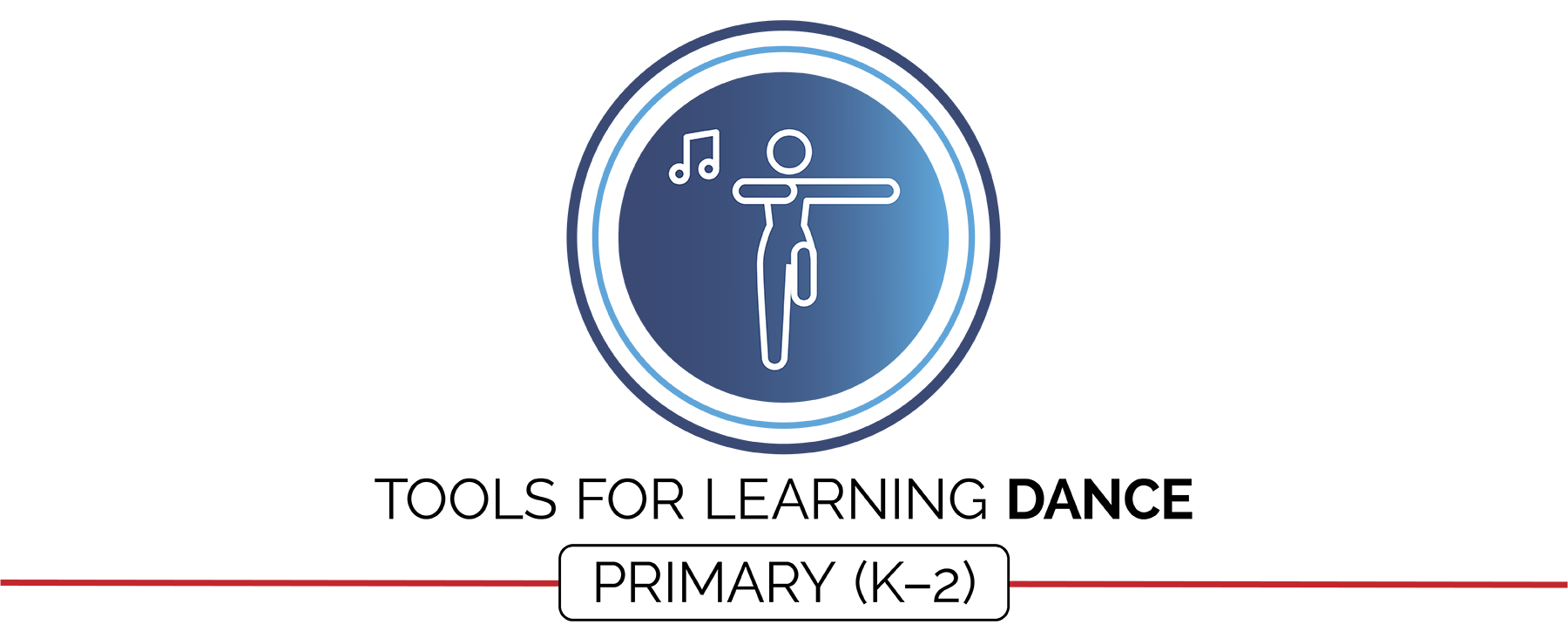Created by: Brandon Herwick & Artie Kamiya
Special Contributions: Elyse Loughlin, Aaron Hart, Deedi Boland, & Jenna Knapp
Design: Jennifer Truong
Dance has been a part of the human experience since before the birth of the earliest civilizations. Young children love to move to music, and that joy provides an important opportunity to nurture the value of movement within each child’s identity. This dance module is designed to teach students the basics of rhythm and how music informs and enhances the movement experience.
Module Documents
Complete Module Packet:
Module Overview:
Required Materials:
All Module Activities:
Sample Lesson Plan:
Academic Language Cards:
Dance Activity Cards:
Activity Plans
Pop See Ko:
Moving 8s:
A Very Simple Dance:
The Dancing Duke of York:
The Hokey Pokey:
The Birdie Dance:
Sitting Square Dance:
Kinderpolka:
Mexican Hat Dance:
Goldfish Dance:
Assessments
Self-Assessment Worksheet:
Holistic Performance Rubric:
Holistic Dual Performance Rubric:
Teacher Evaluation
Teacher Self-Evaluation and Reflection Guide:
Planning Tools
Blank Activity Plan Template:
Blank Lesson Plan Template:
Can’t see the file links? Register for FREE today to access all of the modules. SIGN UP HERE
National Standards and Outcomes Focus for Dance
Standard 1. Demonstrates competency in a variety of motor skills and movement patterns.
- Standard 1 (E5.K-2) Performs locomotor skills in response to teacher-led creative dance (K); Combines locomotor and non-locomotor skills in a teacher-designed dance (1); Performs a teacher- and/or student-designed rhythmic activity with correct response to simple rhythms (2).
- Standard 1 (E8.1-2) Transfers weight from one body part to another in self-space in dance environments (1); Transfers weight from feet to different body parts/bases of support for balance and/or travel (2).
Standard 2. Applies knowledge of concepts, principles, strategies and tactics related to movement and performance.
- Standard 2 (E1.K-2) Differentiates between movement in personal (self-space) and general space (Ka); Moves in personal space to a rhythm (Kb); Moves in self-space and general space in response to designated beats/rhythms (1); Combines locomotor skills in general space to a rhythm (2).
- Standard 2 (E2.1a) Travels demonstrating low, middle, and high levels (1a).
Standard 3. Demonstrates the knowledge and skills to achieve and maintain a health-enhancing level of physical activity and fitness.
- Standard 3 (E1.K-2) Identifies active-play opportunities outside physical education class (K); Discusses the benefits of being active and exercising and/or playing (1); Describes large-motor and/or manipulative physical activities for participation outside physical education class (e.g., before and after school, at home, at the park, with friends, with the family) (2).
Standard 4. Exhibits responsible personal and social behavior that respects self and others.
- Standard 4 (E4.K-2) Shares equipment and space with others (K); Works independently with others in a variety of class environments (e.g., small and large groups) (1); Works independently with others in partner environments (2).
- Standard 4 (E1.K-2) Follows directions in group settings (e.g., safe behaviors, following rules, taking turns) (K); Accepts personal responsibility by using equipment and space appropriately (1); Practices skills with minimal teacher prompting (2).
Standard 5. recognizes the value of physical activity for health, enjoyment, challenge, self-expression and/or social interaction.
- Standard 5 (E3.K-2) Identifies physical activities that are enjoyable (Ka); Discusses the enjoyment of playing with friends (Kb); Describes positive feelings that result from participating in physical activities (1a); Discusses personal reasons (i.e., the “why”) for enjoying physical activities (1b); Identifies physical activities that provide self-expression (e.g., dance, gymnastics routines, practice tasks/games environment) (2).

